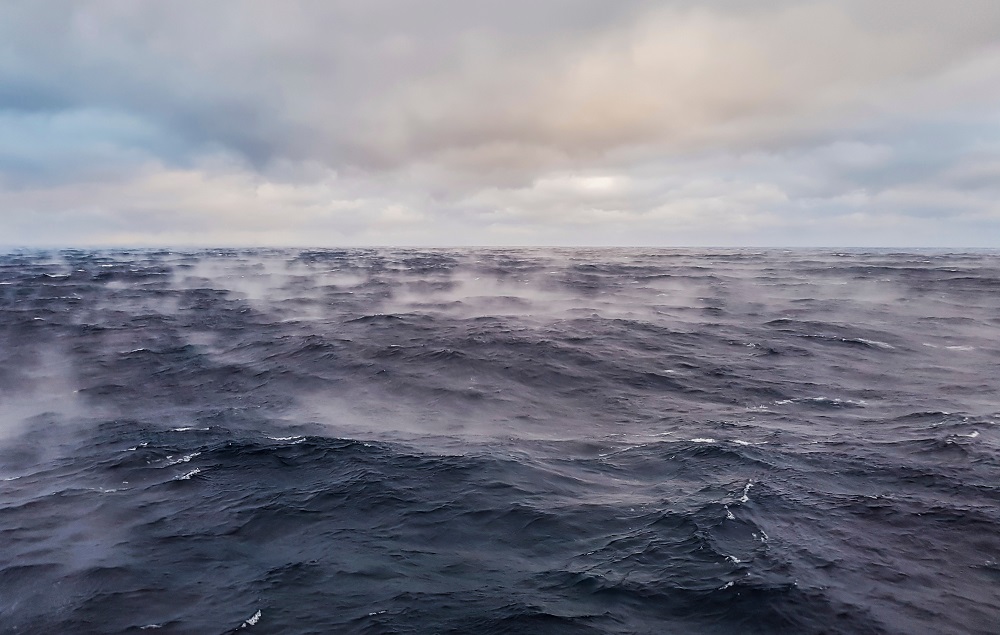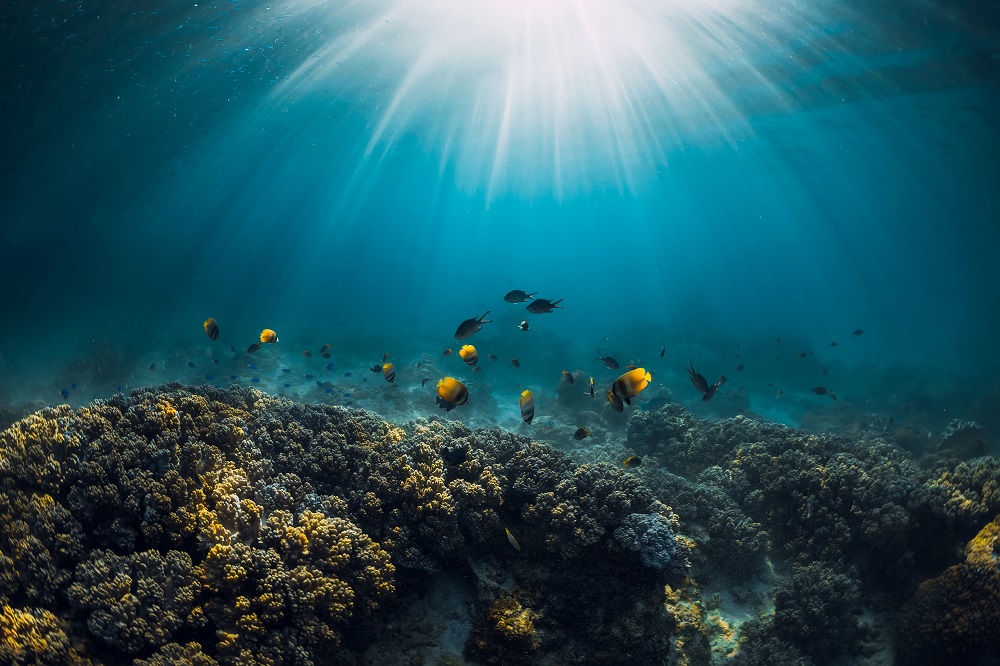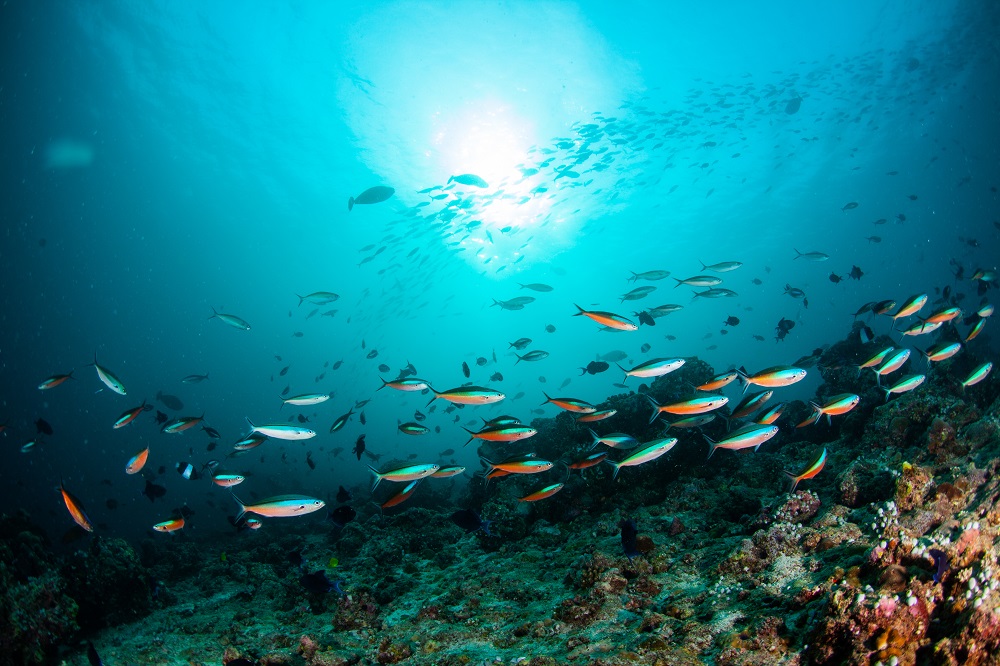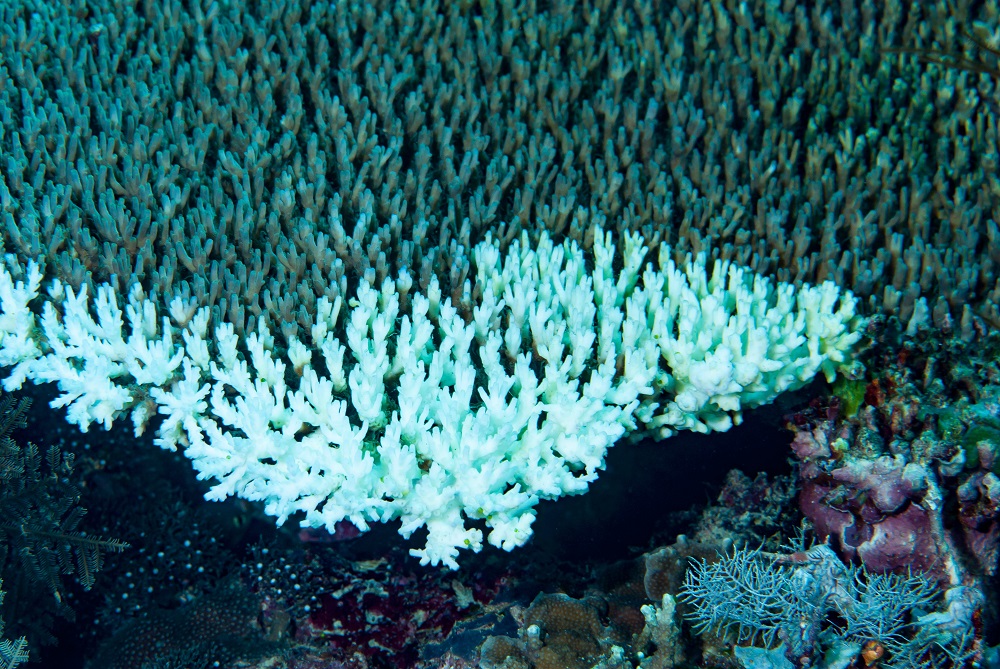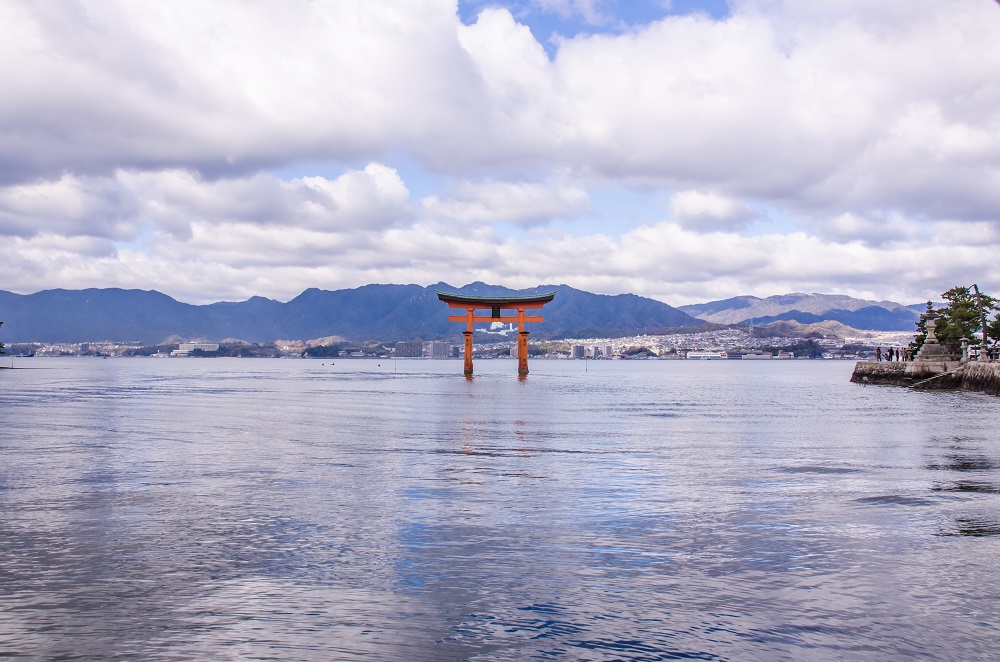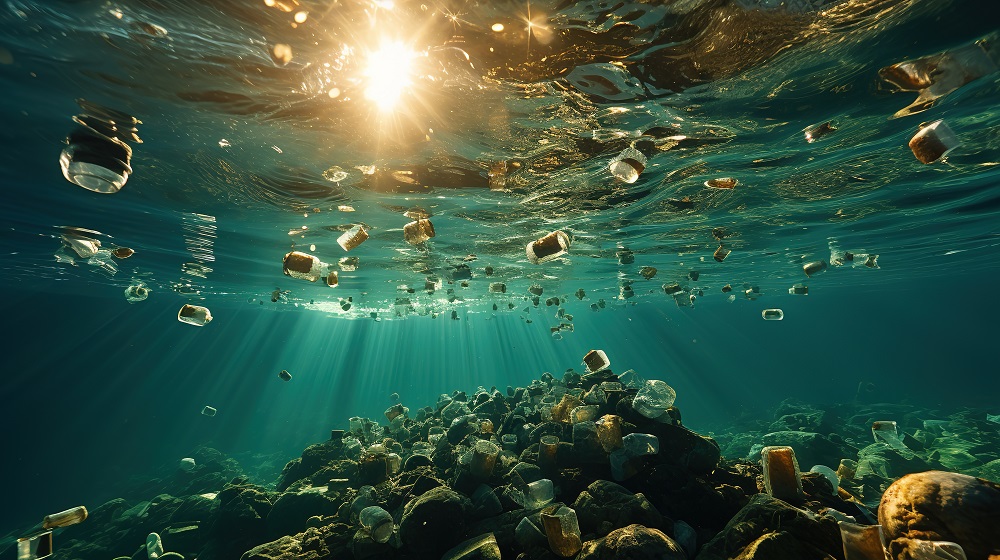That’s a wrap! The UN Ocean Conference has ended, and team Back to Blue have returned to our desks and reflecting on the lessons learned. Here are our key takeaways:
1. Ocean pollution is about more than plastic
Plastic pollution was one of the hottest topics at the conference: both in the plenary discussions and at side events. There was far less focus on different sources of marine pollution: chemical pollution, wastewater treatment, agricultural runoff and other types barely raised a mention.
We raised this point repeatedly in conversation with other conference delegates. The response was almost universal: plastic is an important issue, but other types of pollution are a far greater threat to ocean health.
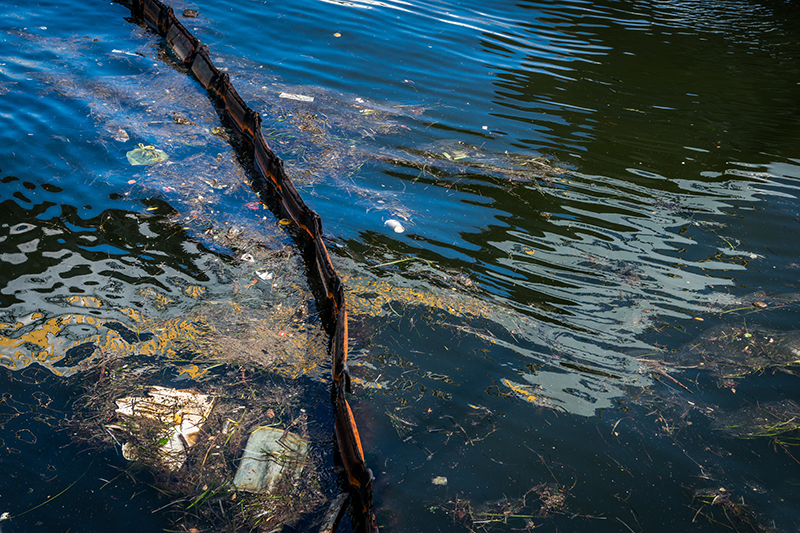
Several conference delegates we met pointed out that the level of public interest in plastic pollution means that there is now a real chance to forge solutions, and this opportunity justifies the near-universal focus on plastic.
This may be true. However, it also leaves an important gap: scientists tell us that chemical and other types of pollution are a critical threat. Yet they are not on the policy agenda—and barely on that of the UN.
Our conclusion: ocean pollution needs to be examined, and addressed, in a holistic way. The focus on plastic is heartening, but it may risk distracting us from other—and potentially more damaging—pollutants.
2. Plastic treaty: momentum and risk
Much of the discussion about plastic pollution at the conference centred on the upcoming UN treaty negotiations. There is excitement and genuine optimism that this is a once-in-a-generation opportunity to address an issue that is critical for ocean health.

Yet, there is also risk. Ocean scientists we spoke with told us they have not yet been consulted and it is not clear how or whether the scientific community will be given a voice in the treaty negotiations. Others expressed a worry that not enough is being done to prepare and inform UN member-state negotiators, many of whom have limited knowledge of the problem of plastic pollution and how to implement solutions. The worry? That developing country governments may vote for a lowest-common-denominator treaty for fear of being locked into expensive policies that they simply don’t have the finance or capacity to implement.
There is one more, somewhat prosaic, worry. The treaty is due to be settled by the end of 2024, giving negotiators a heroically optimistic two years to get the deal done. Yet three months in, there is growing frustration that key details of the negotiating process are still up in the air (or, at the very least, not well understood).
3. Ocean pollution data: the situation is much worse than thought
The Back to Blue team spent much of 2021 researching marine chemical pollution for one of our reports, The Invisible Wave. One of our key findings: the data are so patchy that regulators and executives can’t make well-informed decisions.
We went to the UN Ocean Conference ready to test this conclusion. Surely, we reasoned, good scientific data exist. The task will be uncovering it and translating it into policymaker-friendly language.
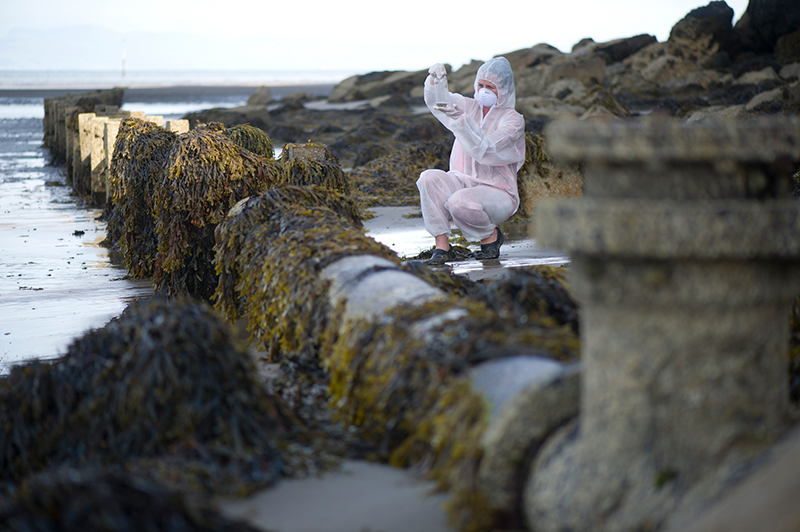
What we heard is that our initial finding was indeed correct. There are several encouraging global ocean data efforts emerging, including AI-driven projects to create ‘digital twins’ of the sea that will enable scientists to model and forecast the effect of various environmental changes (including pollution). In time, these could play an important role in helping decision-makers better understand the effects and costs of marine pollution—and therefore spur better solutions.
Yet, as it stands, data on marine pollution are woefully lacking. The UNESCO International Oceanographic Commission published its first State of the Ocean report during the UN Ocean Conference. It found that there is an urgent need for qualitative and benchmarked data on the ocean, concluding that, “despite the global significance of ocean pollution, observations remain limited.” One of the study’s lead authors told us that he too had been shocked to discover the dearth of good data on ocean pollution.
4. Too much focus on the problem, not enough on solutions
Speakers in the main conference and at side events had a common refrain: ocean health is under threat and action is urgently required. The problem? Very few offered concrete solutions. Often, the audience appeared to be largely tuned out, focused on their laptops or phones. It’s an important reminder: a call to action is not effective unless it is accompanied by solutions. We know what the problem is. Let’s focus on how to fix it.
Back to Blue is an initiative of Economist Impact and The Nippon Foundation
Back to Blue explores evidence-based approaches and solutions to the pressing issues faced by the ocean, to restoring ocean health and promoting sustainability. Sign up to our monthly Back to Blue newsletter to keep updated with the latest news, research and events from Back to Blue and Economist Impact.
The Economist Group is a global organisation and operates a strict privacy policy around the world.
Please see our privacy policy here.
THANK YOU
Thank you for your interest in Back to Blue, please feel free to explore our content.
CONTACT THE BACK TO BLUE TEAM
If you would like to co-design the Back to Blue roadmap or have feedback on content, events, editorial or media-related feedback, please fill out the form below. Thank you.
The Economist Group is a global organisation and operates a strict privacy policy around the world.
Please see our privacy policy here.




 World Ocean Summit & Expo
2025
World Ocean Summit & Expo
2025 UNOC
UNOC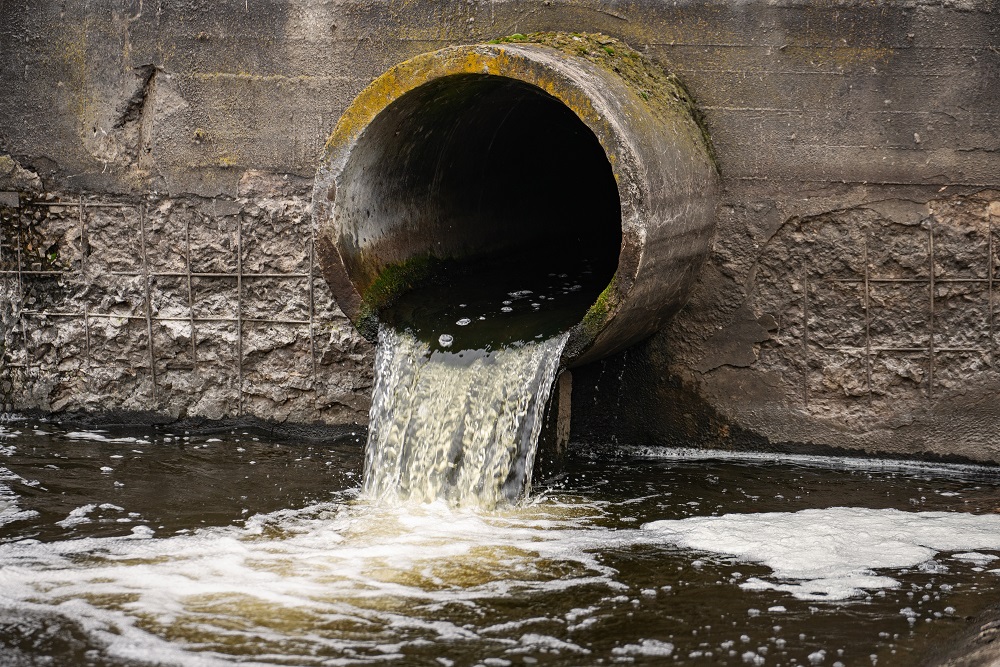 Sewage and wastewater pollution 101
Sewage and wastewater pollution 101 Slowing
the chemical tide: safeguarding human and ocean health amid
chemical pollution
Slowing
the chemical tide: safeguarding human and ocean health amid
chemical pollution Hazardous chemicals in plastics - the discussions at INC
Hazardous chemicals in plastics - the discussions at INC







